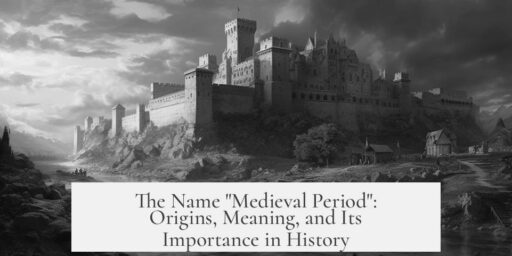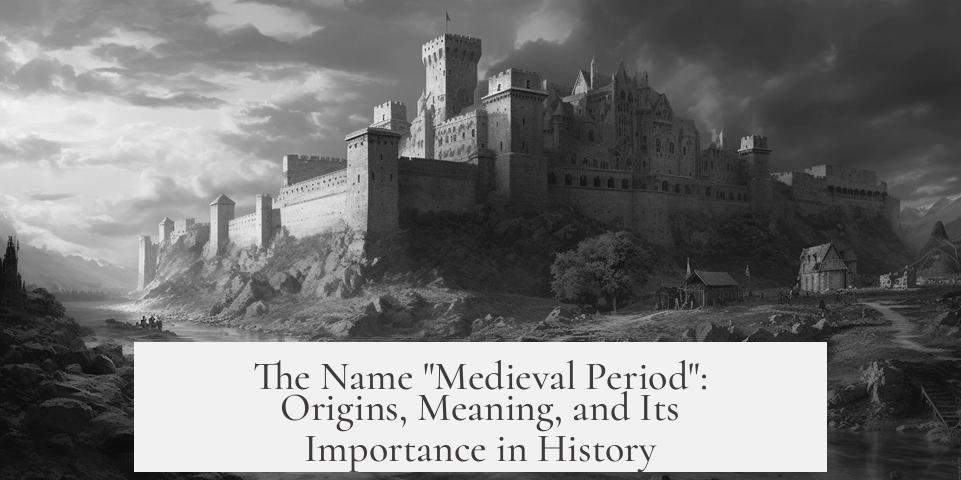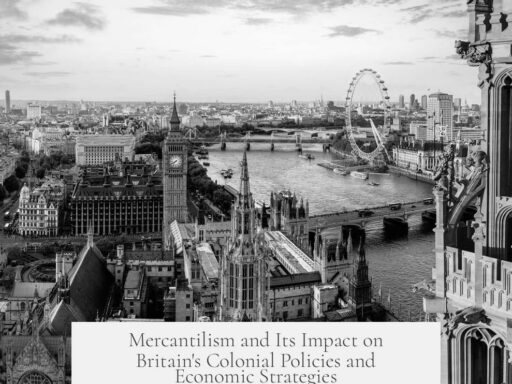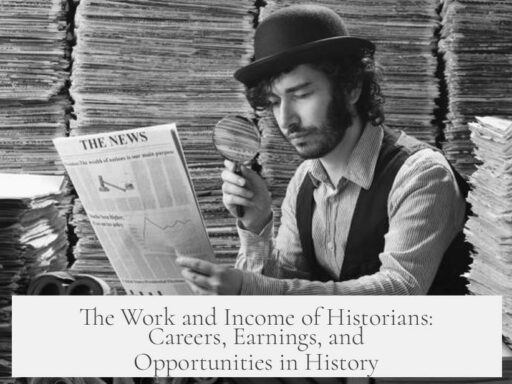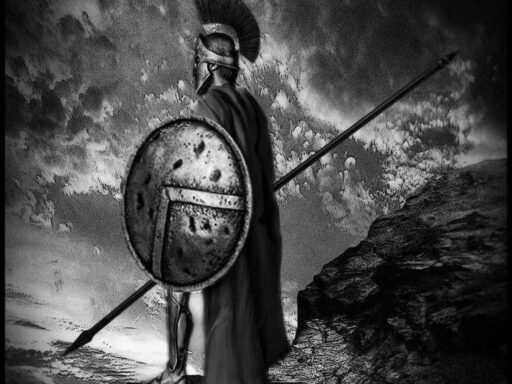The term “Medieval Period” derives from the Latin words “medium,” meaning “middle,” and “aevum,” meaning “age,” combining to indicate the “Middle Ages.” This name reflects its position between the classical era and the Renaissance. The label highlights this era as a distinct historical phase bridging antiquity and modern times.
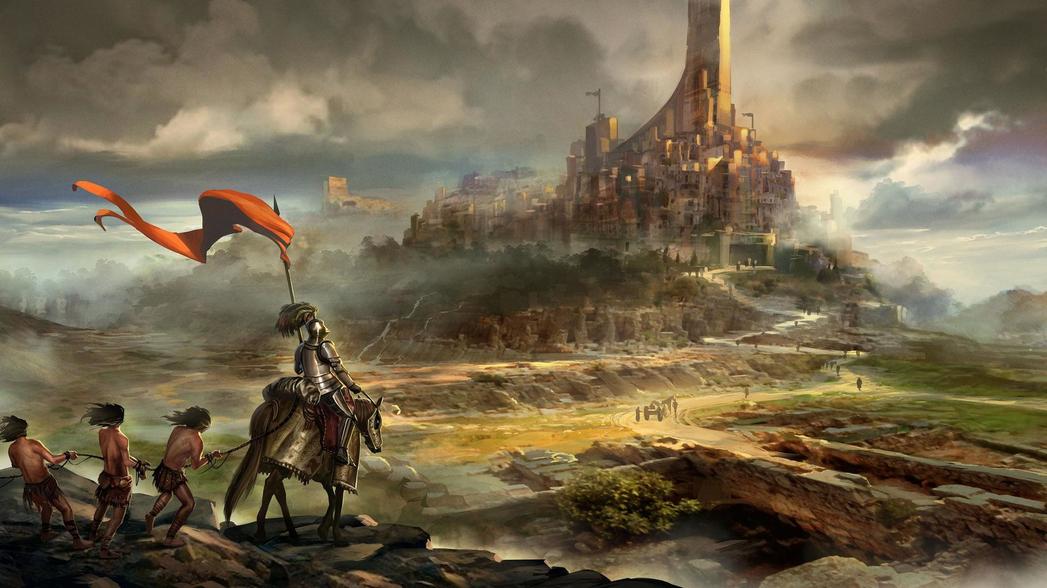
Italian Renaissance historians first coined the concept of a “middle” period. Figures like Flavio Biondo in the 15th and 16th centuries framed the era as a unique interval separate from both ancient Rome and their contemporary Renaissance culture. They viewed this time as a transitional phase with distinct characteristics.
During the Renaissance, scholars gradually formalized terms reflecting this middle status. Expressions like media tempestas (1469), media aetas (1518), and media tempora (1531) appeared in historical writings. These phrases documented a growing consensus that this period deserved its own designation in history.
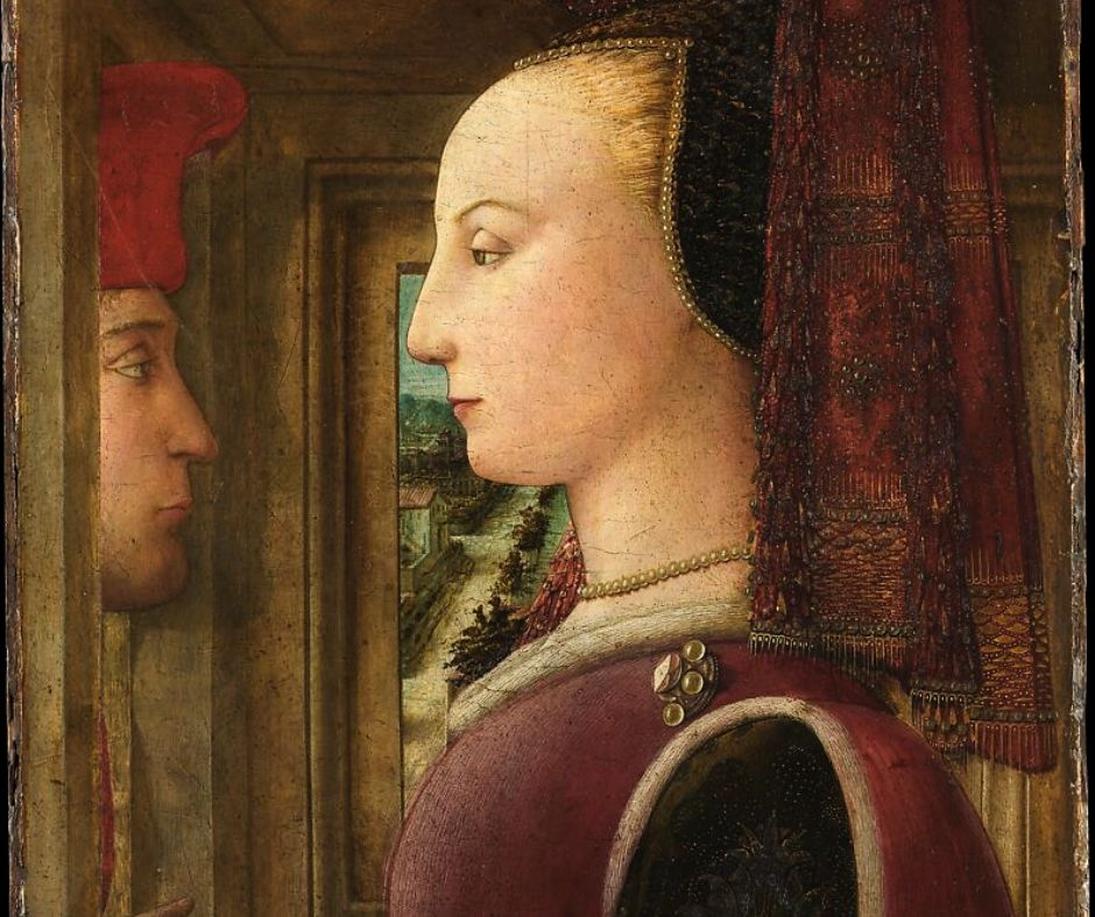
The specific Latin phrase medium aevum> appeared first by 1604. The English translation, “Middle Ages,” followed soon afterward. This established the name in common historical usage worldwide.
- Medieval combines Latin words for “middle” and “age.”
- Renaissance historians identified the era as distinct from classical and modern times.
- Terms like media aetas formalized the concept during the 15th and 16th centuries.
- The precise Latin term medium aevum dates from around 1604.
Why Is It Called the “Medieval Period”?
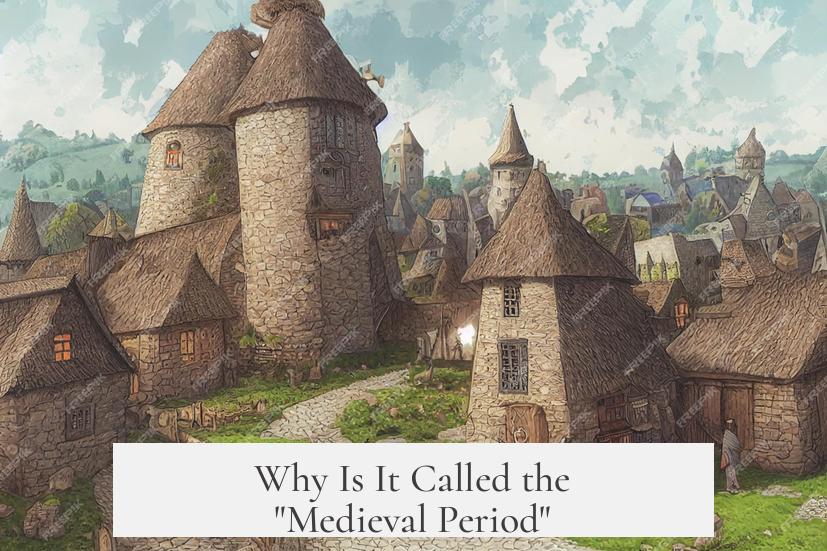
The name “Medieval Period” comes from Latin roots meaning the “Middle Age”—literally, medium aevum. It describes a time seen as between classical antiquity and the Renaissance, giving us a linguistic and historical snapshot of how people viewed that era.
So you might wonder, why call it the “middle” at all? What’s sandwiched in the timeline, and who decided this? Let’s unpack this curious name, with some historical flavor and a touch of linguistic savvy.

Breaking Down the Word “Medieval”
The term “medieval” is a neat portmanteau stitched from two Latin words. First, medium, meaning “middle.” Then aevum, referring to “age” or “era,” similar to the idea of an eon.
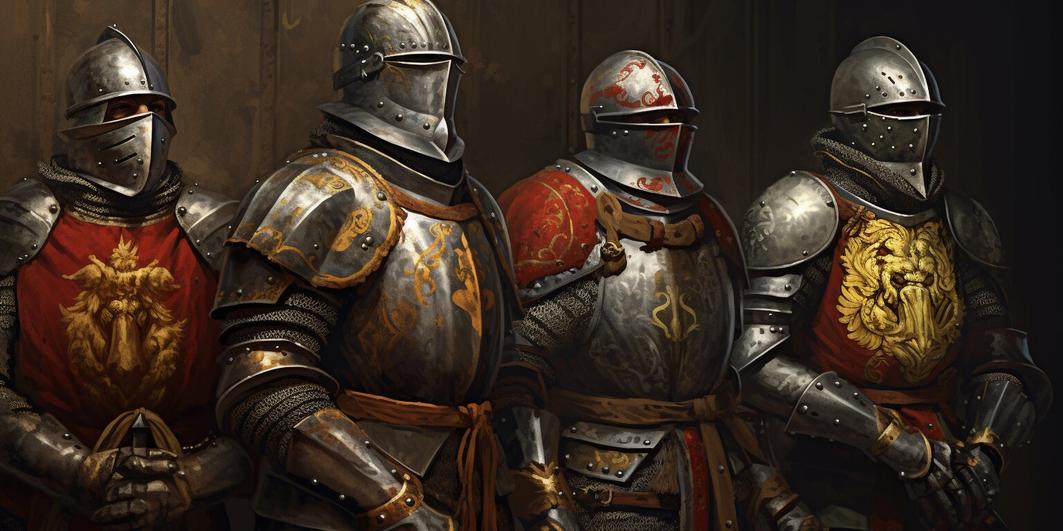
Put together, they spell out medium aevum, which literally means “the middle age.” By the way, this isn’t just fancy Latin; it perfectly labels an era that stood smack dab between two grand historical periods.
The Renaissance Perspective: Who Named the Middle Ages?
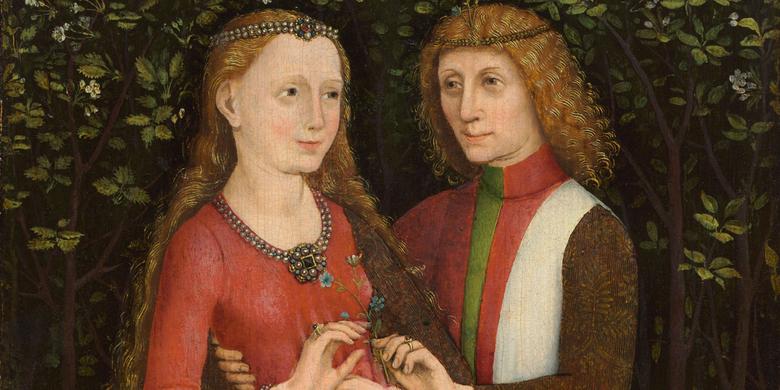
Funny enough, the people living during the so-called Middle Ages didn’t call it that. The phrase “Middle Ages”—or “Medieval Period”—came from Renaissance historians, especially Italians like Flavio Biondo during the 15th and 16th centuries.
These thinkers, soaking in the rebirth of ancient learning and culture, looked backward and saw a vast, murky stretch between themselves and the classical world of Rome and Greece.
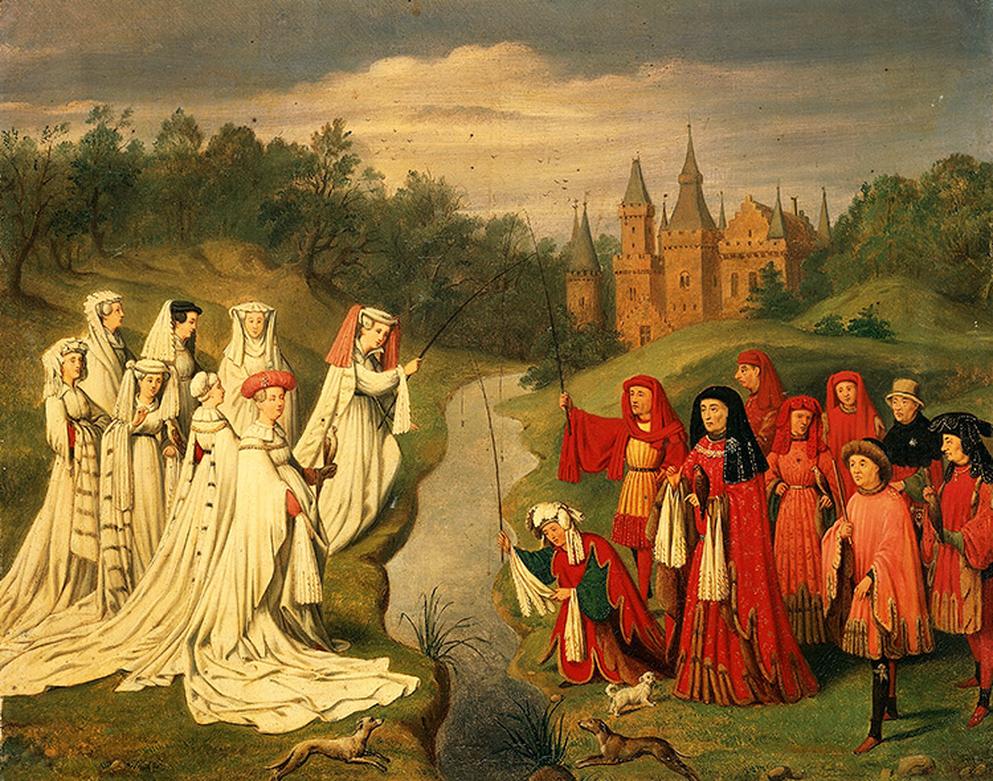
To them, the period felt like a dark, less refined “middle” segment sandwiched between their enlightened times and the ancient glories. Surely, calling it “middle” was a way to express both its position and perceived shortcomings.
Formalizing the Middle Ages Terminology
Flavio Biondo’s contemporaries didn’t stop at vague ideas; they formalized the conceptual framework. Words such as media tempestas (meaning “middle period”), media aetas (“middle age”), and media tempora (“middle times”) began rolling into official writings between 1469 and 1531.
Conrad Rudolph, a historian, highlights these terms as stepping stones on the path to the now ubiquitous “medieval” vocabulary. It was a collective effort to mark the era clearly—a way to communicate where this chunk of history fit.
The First Recorded Use of “Medium Aevum”
Interestingly enough, the exact phrase medium aevum doesn’t appear in records until around 1604. It then trickled into English with equivalent terms soon after, embedding itself firmly into historical discourse.
That’s quite late considering the Renaissance’s peak was a century earlier. But language often follows ideas after some lag, and historical naming conventions solidify slowly.
What Does the “Medieval Period” Really Represent?
The term captures more than just its temporal position. It’s a label that narrates a story of transition, confusion, and later rediscovery of culture and knowledge. The Renaissance folks admired the classics and defined their own time as a rebirth after a “middle” age where Europe was reorganizing itself post-Rome.
The medieval period thus becomes *the bridge*—not just a gap or a shadow. It’s the foundation for modern Europe’s culture, institutions, and identity, even if early modern thinkers had tilted toward viewing it as “dark.”
Why Does Understanding the Name Matter?
Knowing the origin behind the term “medieval” helps clarify misconceptions. It’s easy to think the Middle Ages were simply a gloomy, backward time. But the name itself only places the period between two distinct eras—no value judgment is embedded by default.
Recognizing this allows students of history to explore the Medieval Period for its true complexity: advancements, arts, power shifts, and a society in flux.
Practical Takeaway for History Lovers
Next time someone throws around “medieval” as shorthand for “old-fashioned” or “dark ages,” you can politely (or playfully) correct them.
- “Hey, did you know ‘medieval’ just means middle age?”
- “Turns out Renaissance folks coined it—and it wasn’t about judging but timing.”
- “So, the Middle Ages are really a *middle chapter,* packed with its own drama.”
This shifts the conversation, making history richer and more engaging.
Wrapping It Up
In essence, the “Medieval Period” is called such because it marks the middle age in European history, a concept formalized by Renaissance historians who framed their era as a rebirth following this ‘middle’ timeframe.
This label sprang from Latin roots and historical reflection, reminding us every name carries a backstory and point of view. The “medieval” isn’t just an archaic tag—it’s a reminder of how history is a conversation across centuries, shaped by those who study and interpret it.
What does the term “Medieval” literally mean?
“Medieval” combines two Latin words: “medium” meaning middle, and “aevum” meaning age. It refers to the “Middle Ages,” the period between ancient and modern times.
Who coined the concept of the Middle Ages?
Italian Renaissance historians like Flavio Biondo introduced the idea of the Middle Ages. They saw it as a period between the classical era and their own Renaissance time.
When was the term “Medieval” officially used?
The Latin term “medium aevum” appeared around 1604. The English word “Medieval” followed after that, formalizing the concept for wider use.
How did Renaissance scholars describe the Middle Ages?
Early terms included “media tempestas,” “media aetas,” and “media tempora,” used from the late 1400s to early 1500s to describe this middle period.
